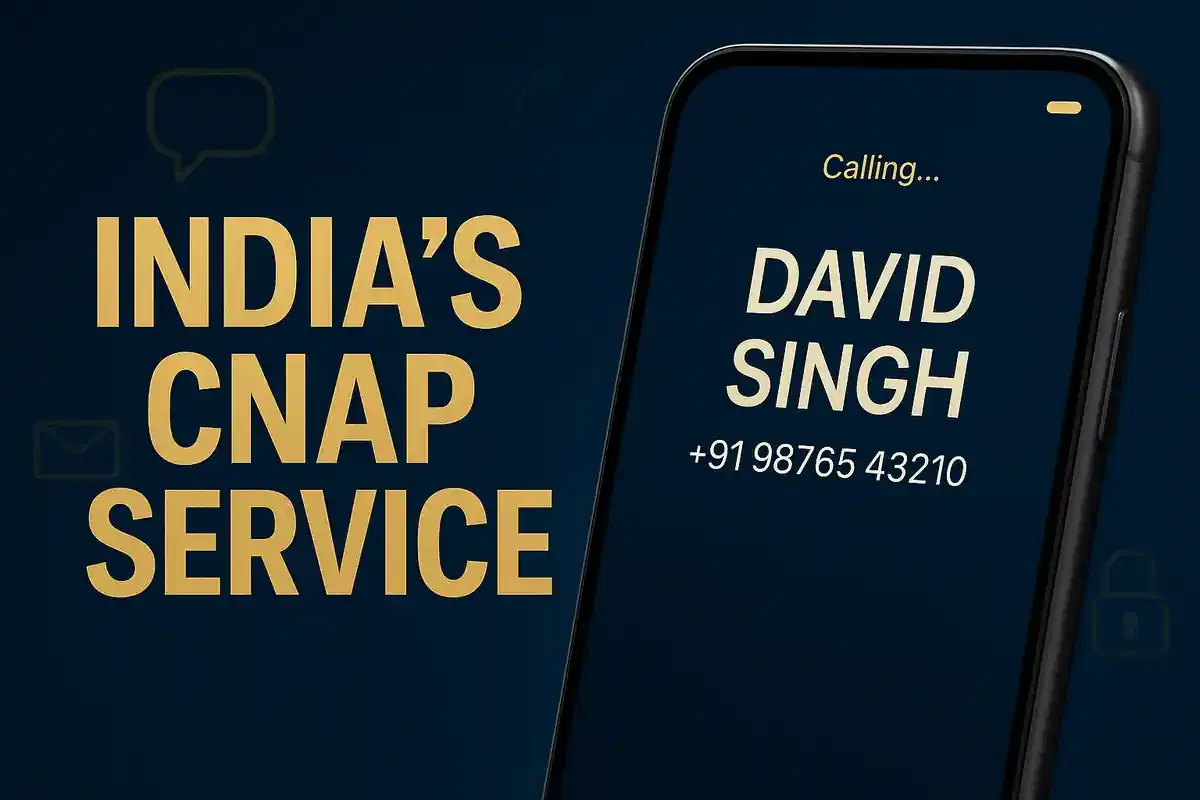India Gears Up to Launch Caller Name Display Service (CNAP)
Telecom
|
28th October 2025, 3:42 PM

▶
Stocks Mentioned :
Short Description :
Detailed Coverage :
The Telecom Regulatory Authority of India (TRAI) and the Department of Telecommunications (DoT) are advancing towards an agreement to introduce the Calling Name Presentation (CNAP) service across India. This service is designed to enhance transparency in mobile communications by displaying the caller's name on the recipient's screen along with their phone number during an incoming call.
TRAI has proposed, and DoT is largely in agreement, that CNAP should be enabled by default for all subscribers. However, users will retain the option to disable the service if they prefer. The service will function as a supplementary feature, adhering to global telecom standards, rather than a mandatory core service.
The implementation will be phased, commencing with newer network technologies like 4G and 5G, before extending to older 2G networks once the necessary technical infrastructure is ready. This approach aims to ensure a smoother deployment by prioritizing areas with advanced technology and minimizing disruption to existing systems.
CNAP is expected to serve as a significant deterrent against the rising prevalence of spam and fraudulent calls. To facilitate this, telecom operators will be responsible for setting up and maintaining secure databases that link subscriber names with their respective phone numbers. Subscribers who have opted for restricted caller identification will remain exempt from the service.
Additionally, TRAI has recommended that all new telecom devices sold in India must be CNAP-compatible within six months of the government issuing its notification. The regulator has also proposed a revision to the unified license definition for Calling Line Identification (CLI) to encompass both the caller's number and name, thereby integrating CNAP formally into the telecom licensing framework.
Impact: This regulatory development is significant for India's telecom sector. It will necessitate investments from telecom operators in infrastructure upgrades and secure database management, potentially leading to increased operational costs. For consumers, the service promises greater transparency in calls and a reduction in unsolicited communications. The phased rollout strategy aims to manage the technical transition effectively across the diverse network landscape. Rating: 7/10.
Difficult Terms: CNAP (Calling Name Presentation): A telecommunications feature that displays the caller's registered name on the recipient's phone screen during an incoming call. TRAI (Telecom Regulatory Authority of India): The independent statutory body responsible for regulating the telecommunications sector in India. DoT (Department of Telecommunications): A government department under the Ministry of Communications that oversees telecommunications policy, licensing, and administration in India. Supplementary service: A feature that adds to or enhances a basic service but is not essential for the core functionality of that service. Legacy systems: Older telecommunications equipment, software, or networks that are still in operation but may be outdated or difficult to integrate with newer technologies. CLI (Calling Line Identification): A telecommunications service that identifies the phone number of an incoming call.